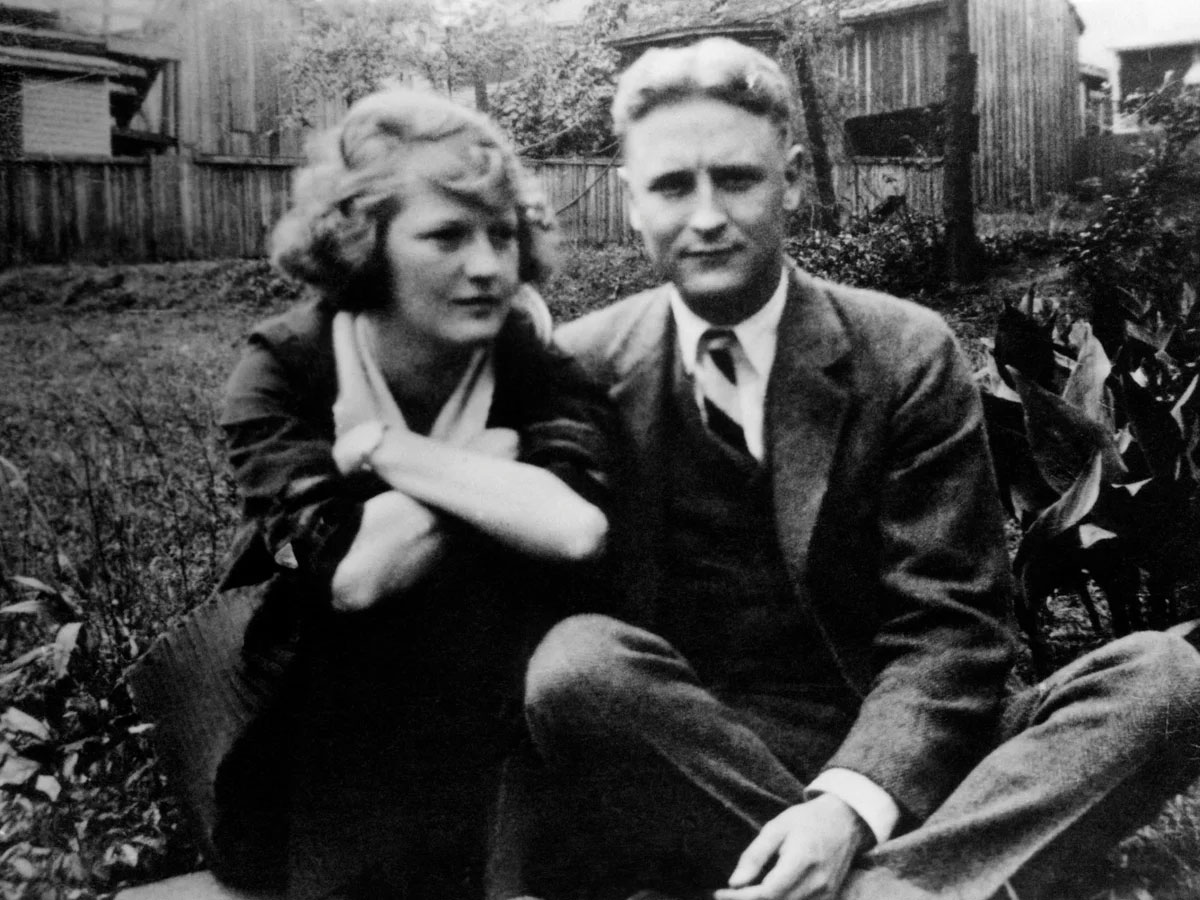Why Did The Great Gatsby Flop? It Wasn't Just Bad Timing

Today, The Great Gatsby is American literary royalty — high school curriculums, fancy hardcovers, and enough thinkpieces to fill a speakeasy. But when it first dropped in 1925, it flopped. Hard.
F. Scott Fitzgerald's jazz-soaked tale of wealth, obsession, and disillusionment sold fewer than 20,000 copies in its first year. He made under $2,000 from it in his lifetime. By the time he died in 1940, the book was basically forgotten — just another failed novel collecting dust.
A lot of people blame bad timing. Gatsby came out in the roaring '20s, but readers didn't want champagne-fueled moral collapse — especially once the Great Depression hit. Fitzgerald didn't help his odds, either. He turned down $10,000 for serial rights (which was real money back then), betting the novel would sell better on its own. It didn't.
Meanwhile, his personal life was imploding. His wife Zelda's mental health was deteriorating, he wasn't publishing, and he spent his final years doing commercial work he hated just to get by — convinced his best work would die with him.

But timing wasn't the only problem. Gatsby's style and tone were already out of step with the public. Readers were gravitating toward gritty realism — think Hemingway, Faulkner, Steinbeck. One modern commenter put it simply:
"American tastes were turning — not just in subject matter, but style too."
So what changed? World War II. Copies of Gatsby were shipped out to U.S. soldiers, and suddenly, it clicked. The themes of broken dreams and lost ideals hit differently in a postwar world, and the book slowly cemented its place as an American classic — decades after its release.
Fast-forward to 2013, and Baz Luhrmann gave Gatsby the big-screen treatment it never got the first time around — with Leonardo DiCaprio, Tobey Maguire, and Carey Mulligan in a hyper-stylized, glitter-drenched adaptation that doubled down on excess.
Box Office Breakdown
- Budget: $190 million
- Opening weekend (US): $50.08 million
- Domestic total: $144.8 million
- International: $208.6 million
- Worldwide total: $353.5 million
- Home video: $49.7 million
Financially? It worked. The movie earned 1.9x its budget and became a cultural moment — sparking Roaring Twenties-themed parties, Gatsby memes, and more flapper dresses than you'd see at a Halloween store.
Critically? Mixed. Some praised the spectacle and performances; others called it empty and overstuffed. But unlike the book's original run, this version didn't fade into obscurity — it left a mark.
In both cases, Gatsby wasn't just judged on what it was — but on when it came out. In 1925, it was a mismatch. In 2013, it hit the culture like a glitter bomb. And almost a century later, we're still trying to figure out whether we're more into the dream… or its inevitable crash.